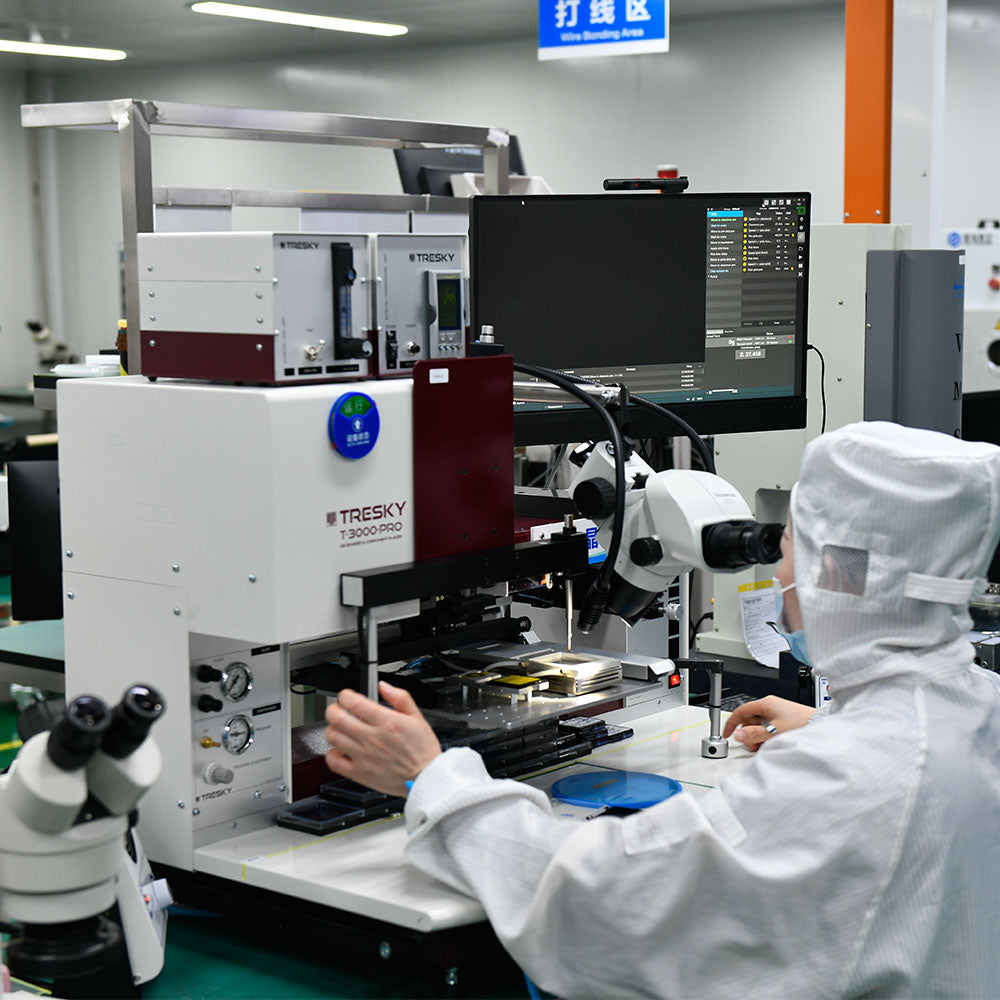In the final cost of deploying optical modules, power consumption is one of the factors that are easily overlooked. Although it is generally regarded as the day-0 specification, it is also reflected in the long-term operating expenses (OpEx) due to two factors, namely direct costs (electricity) and indirect costs (fan power, air-conditioning), which may be much larger .
Only by reducing the necessary fan speed from 100% of the maximum value to 75% of the maximum value, 50% of the fan power can be saved. This part is expected to account for 20% of the total power consumption of switches and transceivers. The additional cost (including air-conditioning and power conversion efficiency) is taken into account, this saving will be higher, although the exact number needs to depend on the data center design and other factors.
Of course, fans have a reason. If they run slower, there will be less airflow and the cooling speed of the optical module housing will decrease. In order to save power, optical modules need to be able to withstand higher temperatures for a long time. Although the actual temperature varies with the details of the switch and optical module design, as the power consumption of the ZR module relative to the shorter distance LR4 and DR4 modules increases, when the cooling capacity decreases, the temperature of the working enclosure may not rise in a short period of time. When it reaches 80°C (that is, the air conditioner is powered off), it will be 75°C for a long time. If the optical modules used for manufacturing and related technologies (for example, laser or DSP) can operate reliably within this range, the net savings for data center operators will be significant.


